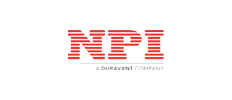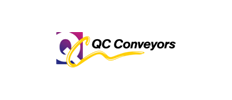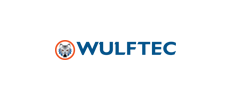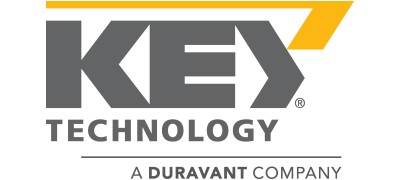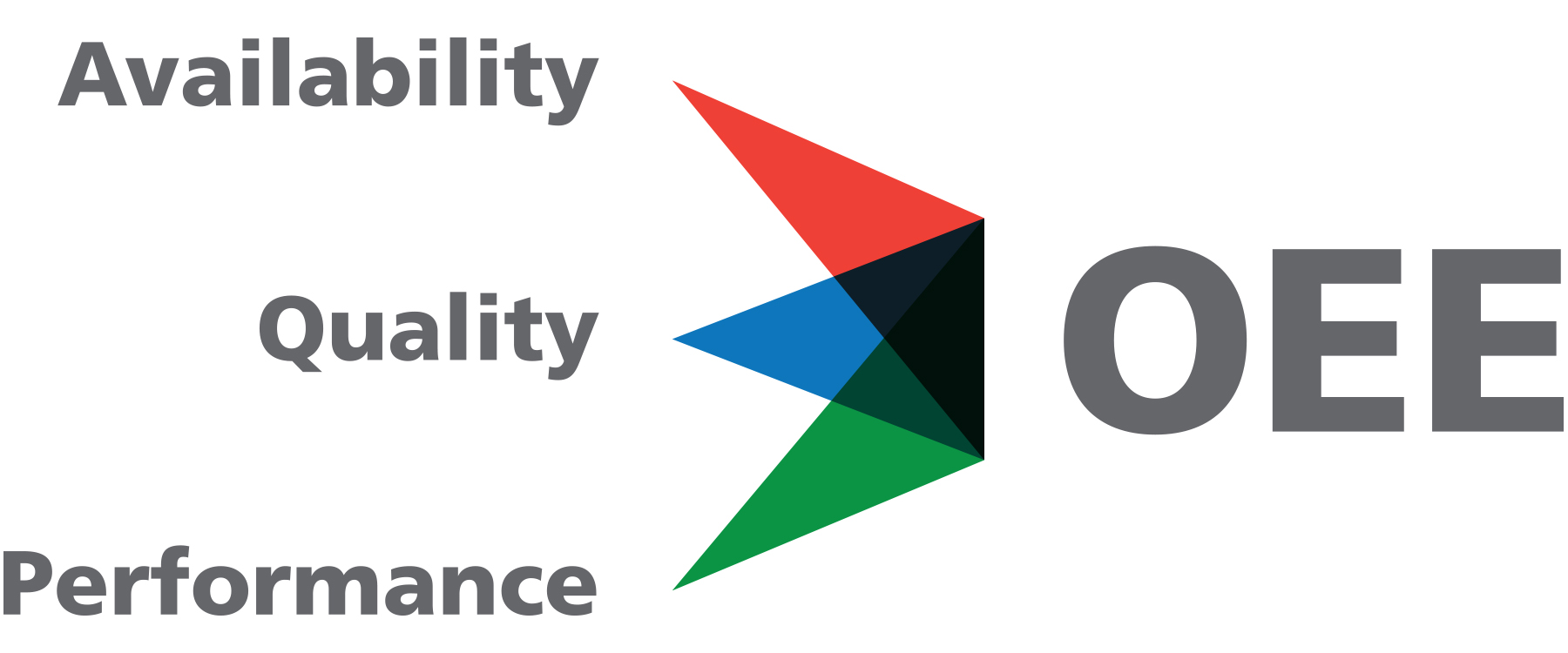
March 2021
It is important to monitor your equipment for more than proper operation; it needs to be optimized for maximum efficiency. Asset optimization or increased overall equipment effectiveness will result in fewer unplanned downtime events, more efficient production, consistent yield and quality, and fewer headaches.
In this issue of the Service Advisor we are focusing on Asset Optimization and the different measurements you may use when analyzing overall equipment effectiveness as well as sharing some grading tips. Remember to check out our upcoming monthly special on parts!
Improving Equipment Performance
The ultimate and everlasting goal for all processors is to produce high product quality at maximum yield, which can only be achieved when your equipment is operating efficiently. But how do you know if it is? To effectively evaluate equipment performance, start by asking yourself these five questions.
Five Questions for Evaluating Equipment Performance:
- What is the performance level you want to achieve?
- What indications will there be to let you know if you are achieving the desired performance level?
- What data do you need to develop the indicators of performance?
- What has kept you from putting the processes in place and collecting the data needed to achieve higher performance levels?
- What internal and external support do you need to achieve higher performance?
Asset Optimization
There are many ways to measure asset optimization. Here is one simple method:
- Start by calculating Total Uptime or Asset Availability as a percentage for a shift or production run.
- Then calculate Asset Utilization or Performance as Total Product/Operating time/Ideal Run Rate.
- Next, multiply % Asset Availability by % Asset Utilization to get the Asset’s Operating Performance.
- Finally, add Quality in the equation and you will end up with the measurement for Overall (operational) Equipment Effectiveness (Availability X Performance X Quality= Overall Equipment Effectiveness).
Understanding these measurements is important to help you focus operational and maintenance activities. What set of measurements you focus on will depend on your area of responsibility. If you are responsible for the maintenance of the equipment, you are undoubtedly focused on uptime. If you are responsible for the operation of the production line for a specific shift, you probably measure asset performance. And, if your responsibility includes the final product, then quality may be the most important measurement to you. OEE can be used to compare shifts or production runs, which can be valuable if you have plant production responsibilities.
Availability
Some would argue availability is the most important measurement. If a piece of equipment is down, the whole line or potentially the whole plant is down. That costs money and while you can’t completely prevent downtime, there are things you can do to decrease the risk.
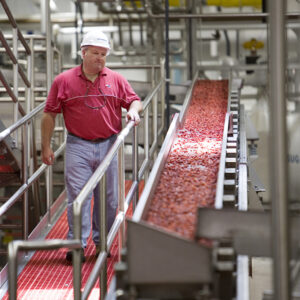 Assessing your conveyors is a great place to start because they pose the greatest risk for unplanned downtime due to the sheer number of them in a typical processing line. Someone should walk the line daily, as a minimum, and preferably once a shift. The speed and stroke of each shaker should be recorded and compared to previous data. Look for changes or trends that could indicate drive problems or weakening arm springs. During planned downtime shakers should be inspected for cracks in the bed and frame.
Assessing your conveyors is a great place to start because they pose the greatest risk for unplanned downtime due to the sheer number of them in a typical processing line. Someone should walk the line daily, as a minimum, and preferably once a shift. The speed and stroke of each shaker should be recorded and compared to previous data. Look for changes or trends that could indicate drive problems or weakening arm springs. During planned downtime shakers should be inspected for cracks in the bed and frame.
Sorters generally will operate unless there is an over-temperature issue or a problem with the belt on a belt-fed sorter. However, even if the sorter is moving product, it does not mean it is “available”. Be sure to verify that the sorting button on the user interface and the specific criteria the sorter is looking for are both turned on. Also, confirm the electronics in the system are communicating and there are no loose cables.
Performance
Shaker performance over 100% is not a good thing. Shakers are designed for a specific product, with a specific density, moving at a specific speed. Overloading the shaker puts stress on the arm springs, bed and frame that it wasn’t designed for. Operating the shaker over 100% will lead to unplanned downtime and greater maintenance costs over time.
Quality and yield are both immediately impacted by running a sorter at more than 100% of the throughput it was designed for. While it may appear the sorter is operating fine, too much product does not allow for even singulation, resulting in missed defects and good product being ejected with the defects and foreign material. Defect load also impacts the performance of the sorter; the sorter’s application is designed for an average defect load and can generally handle small spikes, but when the defect load is consistently above what it was designed for, quality and yield suffer.
Quality
Quality is really a measurement of change. If quality decreases, there has been a change upstream of where that measurement was taken. It could be that the incoming defect load has increased, the throughput is greater than the line was designed for, or it could be that a piece of equipment is not performing optimally due to other issues.
Overall Equipment Effectiveness (OEE)
When there is consistency between shifts and incoming raw materials, OEE is a great high level measurement to let you know when an asset needs to be examined and potentially adjusted or repaired. OEE fails, however, when you have significant differences between shifts or production runs for one or more of the measurements. For example when quality decreases by 5% but availability increases by 5% the OEE will still be the same.
Asset Optimization has the greatest positive effect on your operation when a proactive approach is taken to maintaining and operating equipment. Assign an owner or take ownership yourself to ensure you are getting the most out of your equipment.
Stock up now for your maintenance needs for the year- mark your calendar to place an order in April and take advantage of these limited-time savings!
More Newsletters
-
April, 2022Five Reasons to Invest in Employee Training Read More →
-
March, 2022Let’s Talk Shakers : Tips to Tune & Maintain your Iso-Flo and Impulse Conveyors Read More →
-
February, 2022Safety 101, Care Tips, & Training Resources Read More →
-
January, 2022Cleaning and Sanitizing Safety Tips for Your VERYX Sorter and Iso-Flo Conveyor Read More →
-
December, 2021A Year in Review: the Service Advisor in 2021 Read More →











